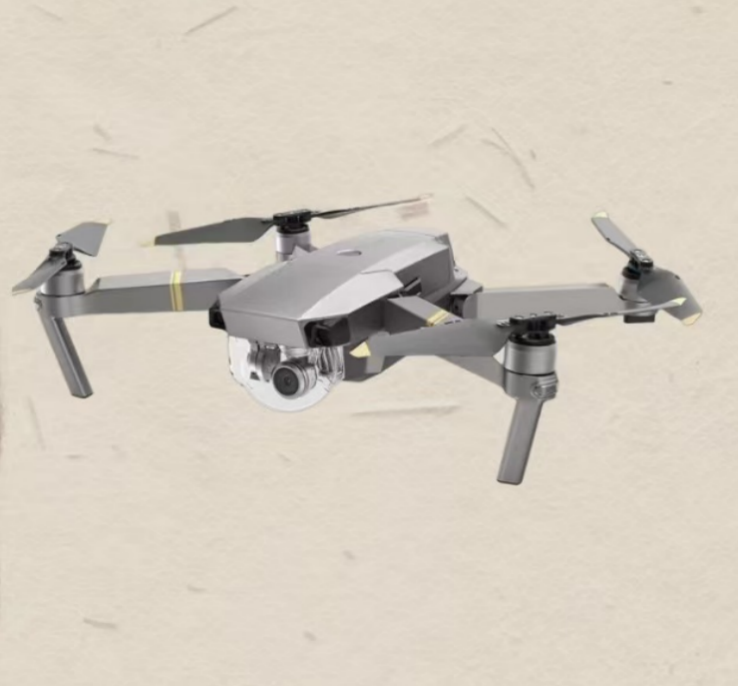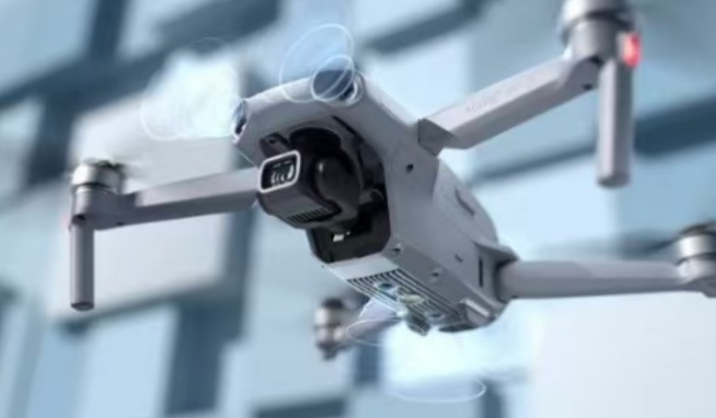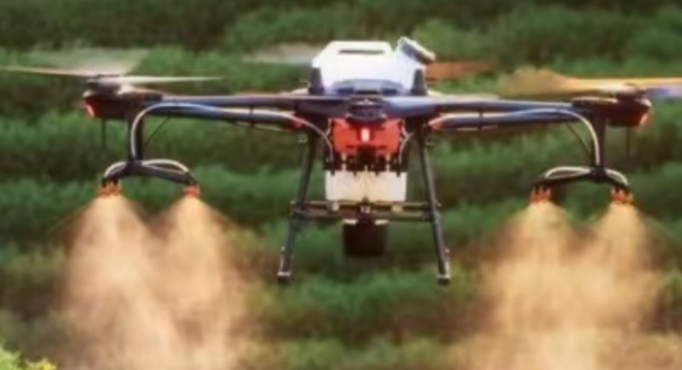DJI: From Garage Startup to the Unchallenged Drone Giant
In a converted warehouse in Shenzhen, China, in 2006, a young aerospace enthusiast named Frank Wang laid the foundation for what would become the undisputed leader in the global drone industry. Born from a passion for solving the instability of remote-controlled aircraft, DJI (Da-Jiang Innovations) began as a modest operation with a bold vision: to make aerial technology accessible to everyone. Today, it commands 72% of the global consumer drone market, with a product portfolio spanning from compact consumer drones to advanced industrial solutions. This journey of transformation is a story of relentless innovation, strategic foresight, and a deep understanding of both technology and user needs.

The Humble Beginnings: A Dream Takes Flight
Wang’s fascination with flight started at 16 when a remote-controlled helicopter gift from his father repeatedly crashed due to poor stability. This experience ignited his mission to create self-stabilizing flight technology. While studying at the Hong Kong University of Science and Technology, he and his classmates developed the XP3.1 flight controller in 2005—a breakthrough that allowed drones to hover and maneuver autonomously. With a $250,000 investment, they founded DJI the following year, initially selling components to hobbyists and research labs.
The pivotal moment came in 2012 with the launch of the Phantom 1, the world’s first fully integrated consumer drone with an embedded camera. Unlike competitors’ complex, DIY kits, the Phantom 1 offered plug-and-play simplicity, complete with automatic takeoff and landing. This innovation democratized aerial photography, appealing to both casual users and professionals. By 2016, DJI’s revenue soared to $2.8 billion, catapulting it into the ranks of tech unicorns.
Innovation as the Core: Redefining Aerial Technology

DJI’s dominance is rooted in its obsession with R&D, investing over 15% of annual revenue into innovation. The Mavic series (2016–present) revolutionized portability with foldable designs and 4K cameras, making drones accessible for travel and adventure. The Inspire 2, aimed at professional filmmakers, introduced 5.2K video capture and dual-operator control, becoming a staple in Hollywood productions. Key technological edge includes:
Hasselblad Partnership: The Mavic 3 features a dual-camera system with a 4/3 CMOS sensor and 28x hybrid zoom, delivering studio-grade imagery.
Advanced FlightAutonomy: Systems like APAS (Advanced Pilot Assistance System) enable obstacle avoidance and safe navigation in complex environments.
Battery Excellence: The Mavic 3 offers 46 minutes of flight time, setting an industry benchmark for endurance.
For industrial use, the T20 Agricultural Drone uses AI-powered spraying to optimize pesticide distribution, increasing crop yields by 30% while reducing chemical waste. The Phantom 4 RTK supports precision mapping for construction and disaster response, showcasing DJI’s ability to bridge consumer convenience with professional-grade performance.
Global Market Supremacy: A Strategy of Agility and Adaptation

DJI’s market strategy combines aggressive pricing, superior product quality, and localized marketing. In the U.S., it holds 77% market share, outpacing rivals like Autel Robotics (6%) and Parrot (9%). In Europe and Asia, partnerships with governments for infrastructure inspection, wildlife monitoring, and search-and-rescue operations have solidified its position.
Despite facing U.S. sanctions in 2022, which labeled it a “national security threat,” DJI adapted swiftly by enhancing data encryption and expanding into emerging markets. Its enterprise division, focusing on solutions for agriculture, logistics, and smart cities, now accounts for 35% of revenue. By 2025, annual revenue is projected to exceed $10 billion, driven by a growing ecosystem of developers and third-party accessories.
Beyond Drones: Charting New Frontiers
DJI’s vision extends far beyond aerial technology. Its DJI Automotive division, established in 2021, leverages its sensor and AI expertise to develop autonomous driving solutions, partnering with automakers to integrate advanced driver-assistance systems. Meanwhile, drone swarm technology—enabling coordinated flights of hundreds of units—is being tested for large-scale logistics, event entertainment, and emergency delivery.
Sustainability is a key focus: the Mavic 3 Classic uses recycled materials in its casing, and the company is developing solar-powered charging stations to reduce carbon footprints. Looking ahead, DJI aims to lead the development of urban air mobility systems by 2030, creating infrastructure for safe drone integration in smart cities.
Conclusion: The Sky is Just the Beginning
DJI’s rise from a garage startup to a global tech giant embodies the spirit of innovation-driven entrepreneurship. By merging cutting-edge technology with user-centric design, it has not only dominated the drone market but also redefined possibilities for aerial applications—from capturing breathtaking visuals to transforming agriculture and disaster response. As Frank Wang once said, “We don’t just make drones; we create tools that empower people to see the world from new perspectives.” With DJI at the helm, the future of mobility and technology looks boundless—proving that sometimes, the most transformative ideas start in the humblest of places.
(Writer:Weink)





